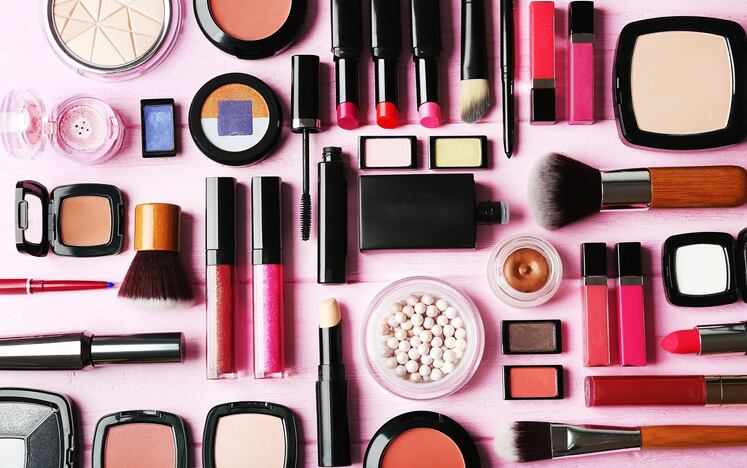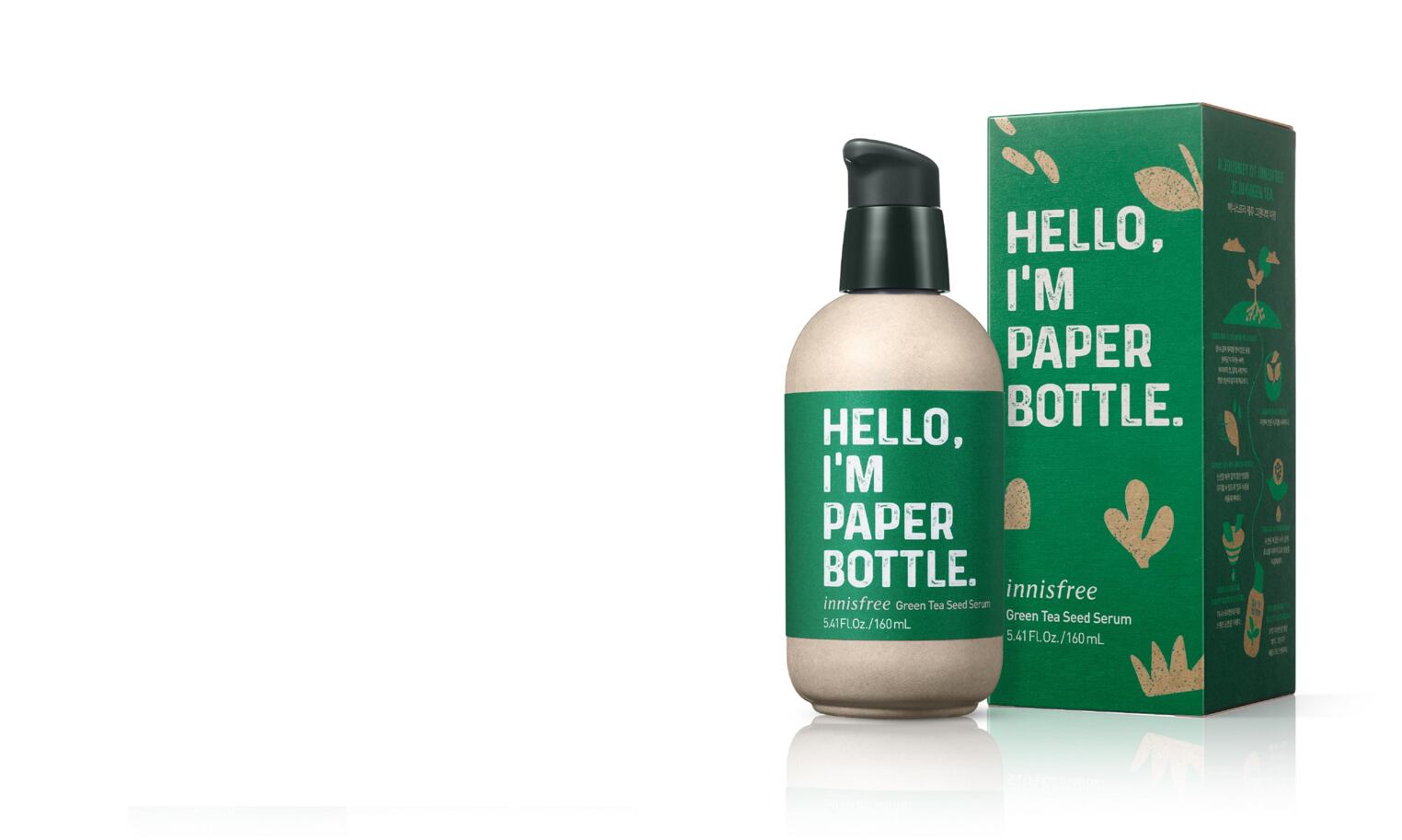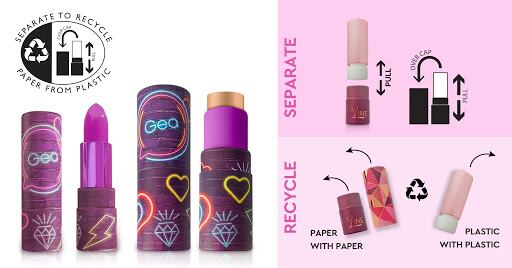Every year, the global cosmetics category produces more than 120 billion units of packaging, according to non-governmental organisation Zero Waste Europe. And whilst industry had already widely reduced its use of virgin plastics, introducing paper, glass, bioplastics and recycled alternatives, UK waste accreditation firm Certified Sustainable said the sorting and processing of mixed materials remained a considerable sustainability challenge, particularly in makeup.
End-of-life, waste management and product design
“The mixed materials in makeup packaging is a problem; there’s absolutely no way of recycling it,” said Rod Chalis, co-founder of Certified Sustainable.
“…If you take a makeup pack, it’s got two or three different materials you can’t possibly segregate. It is a huge problem,” Chalis told CosmeticsDesign-Europe.
And considering how sustainability could be measured throughout a product’s lifecycle, he said end-of-life and waste management was hugely important. “If you’re producing less waste, reducing waste or recycling waste, and you’re able to demonstrate that, then you’re seen to be more sustainable with less of an impact on the environment.”
This is where redesigns and careful consideration early on remained key, Chalis said. “Whatever choices are made at the beginning of a lifecycle of a product can have an enormous impact on what the consumer or end user does with that.”
DIY waste segregation and sustainable visibility
And Chalis said there were also certain efforts beauty brands could make on-site to improve waste management in the category. “Branded manufacturers can put that energy into their own plant and get the waste segregated at source, rather than relying on old-fashioned waste companies doing it.”

Many traditional waste management companies were run on economics, Chalis said, which often meant even if individual manufacturers separated waste out into individual bins, everything was combined on collection for economic reasons. Waste management companies, he said, weren’t typically prepared to absorb the higher costs of complex sorting; nor were manufacturers, because efforts were just not “visible”.
Chalis said it wasn’t that the technology didn’t exist – the waste management industry had some “great technology” that used robotics to sort plastic, wood and other materials from a line very efficiently – the issue was who absorbed additional costs.
“Separating waste costs money and it adds no value. But if brands can add some visibility to what they’re doing, and show they are putting the people and planet before profit, it will happen (…) Segregating at source and adding value to that is the best thing they could do.”
‘Sustainability sells’ – communicating lifecycle and recycling efforts
The success of ‘adding value’ to waste management efforts in beauty, he said, would rely heavily on consumer engagement. Brands had to improve communication and story-telling around recycling and waste management, he said, and invest in smart packaging, product ‘passports’ and scannable QR codes that consumers could engage with.
“The way products are scrutinised now is changing and I think people want to know more and need verification on that,” he said.
Certified Sustainable already offered this visibility and verification through impact statement reports on waste management efforts that brands could use on their websites and marketing material, Chalis said. But the company was now working on a QR code for its clients, to facilitate on-pack communication, that should be available towards the end of 2021.
“We want to make sustainable efforts more visible and add value to sustainable efforts – that’s what we want to help manufacturers do and achieve. We want to get that message across to as many companies as possible: that sustainability sells.”
Certified Sustainable currently worked with a range of UK businesses across several industries but Chalis said it hoped to expand its network deeper into Europe and other parts of the globe in the coming months.




